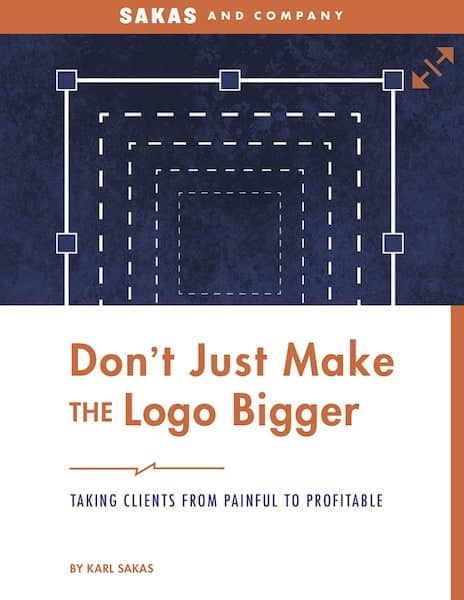How fast should you respond to your agency’s clients?What’s normal for client response time? It depends… but here’s perspective on how to decide for your situation.
An agency owner asked me: “Do you have a recommended response-time guarantee for our clients? As we get busier, I want to make sure we keep industry best practices in mind.”
Keep in mind that you’ll need to adjust for your strategic goals, clients, and team. And you can use the new policy for new clients immediately, but it may take time to roll it out to existing clients.
Framing Things: Data Points
I don’t recommend guaranteeing response time, other than for agency work related to PR, website uptime, or crisis social media situations.
But you do want to have a policy, try creating one for regular situations and another for “expedite” emergency situations. For instance, my coaching email response-time policy is two business days. But when a client is having an emergency, I often pick up the phone and call them as soon as I’m available.
One of my clients has a 1-hour response time policy… but their agency is charging a minimum of $10,000/month for deadline-driven PR services.
Another client does dev for eCommerce sites. Their usual rate is $175/hour… but they charge $350/hour for emergency support. The first priority goes to clients with a support contract, and clients agree to pre-approve up to two hours of work when they make an emergency request. This is worth it to their clients, who are potentially losing thousands of dollars in revenue every hour their site is down—but it wouldn’t be worth it to most clients with non-eCommerce sites.
Being Strategic
Begin with the end in mind: What is the client experience you want to create, for the agency you want to be in the future? Make sure your policies reflect that… and that your team applies it consistently.
The great thing about policies is that you can choose to waive them when it makes sense—it’s in the same vein as “strategically free.” If there isn’t a policy, you don’t get the Warmth of “we’ve making an exception for you.”
Keep in mind—once you commit to a policy, you must meet it consistently. You should get your team’s buy-in on the policy before you tell clients. Why? Because this has implications for their work-life balance. For instance, it means they can’t go home until they’ve cleared the backlog of messages they need to respond to before COB.
Typically, an employee sending a “got this; will follow up tomorrow morning” note is fine. But their going home without acknowledging that message is not OK if it means missing a policy commitment. This also means consistently setting and updating “Out of Office” messages and voicemail greetings.
Best Practices: What’s Normal
Realistically, one business day is common. But you might anchor that with a slower “default” response time. For instance, your official response time might be two business days, but retainer clients get one business day. (The goal there is to create an incentive for people to sign a contract.)
For retainer clients, you might use one business day as a baseline, and then adjust from there. For instance, you could offer same-day responses for messages received by a certain point (noon, for instance).
For your turnaround target to apply, clients would need to follow a certain approach to get that timeline. For instance, they need to submit or post via your PM software, versus leaving a voicemail or sending a text. Some agencies have email aliases for clients to send requests to.
Either way, you’ll want an escalation option, typically with a higher price. (I suggest setting a high “retail price” for that, and then telling existing clients that you’re grandfathering them until X date.)
Being Proactive
Be sure to think about being proactive, too—the ideal is that you reach out to the client before they reach out to you. If clients always have to reach out first, they’re going to wonder about the value you provide.
Weekly touchpoints with each active client are a good baseline, but a higher-paying clients could be more often. Find the approach that works for you.
Setting Your Agency’s Client Response Time Policy
I realize that’s a lot of background information—but the right answer depends on your agency’s strategic goals, team, and clients. There’s no “one size fits all” approach when it comes to client response time.
Question: What changes will you make to your client response time policy?


